-
Assignment 2: Seasonal Synaesthesia: Summer 2020
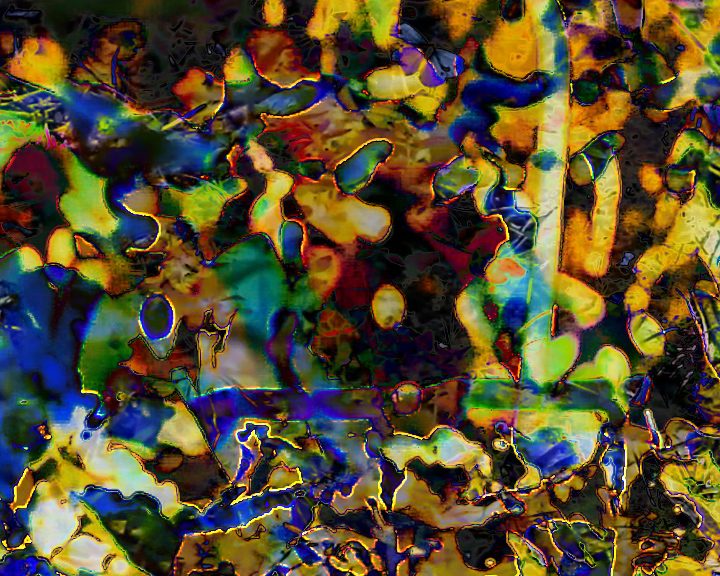
TASK: Make a short animated film between 1 and 3 minutes long about a season of the year. Use some of the animation techniques covered thus far in the unit to evoke particular qualities such as temperature, light and atmosphere of winter, spring, autumn or summer. This can be a completely abstract film, or include…
-
E2.11: Setting Rules, animatic
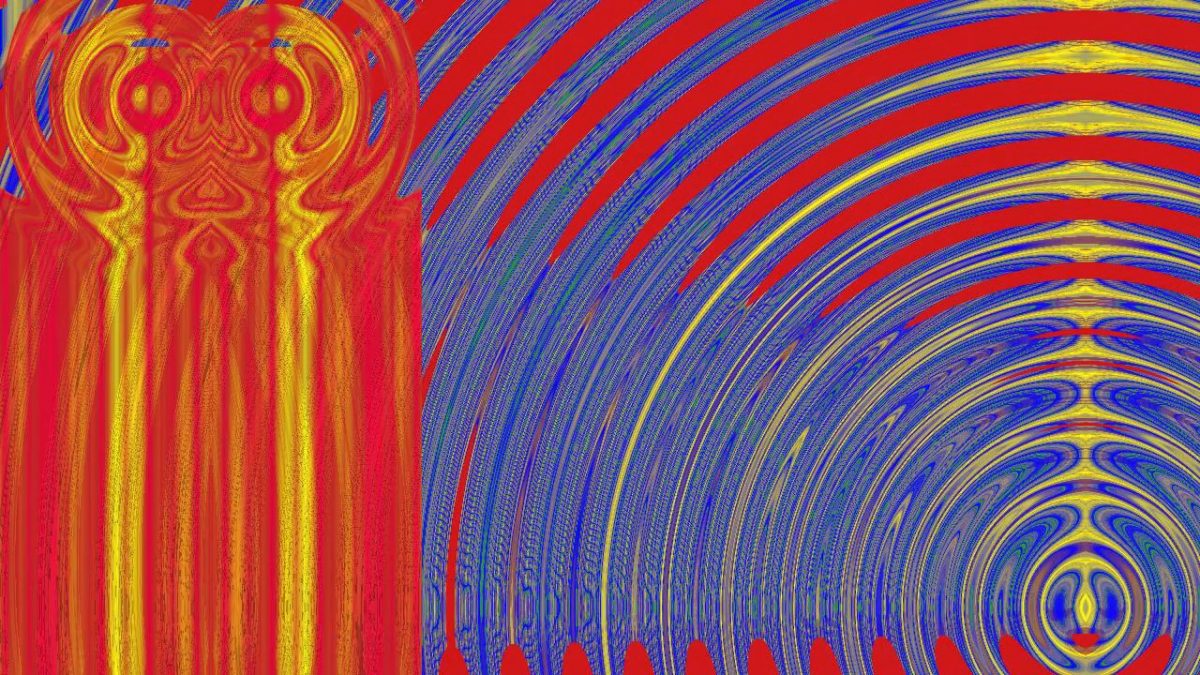
“Serial art is art that adheres to a strict set of rules to determine its composition or to determine a series of compositions…. Some serial artworks are modular and are based on the repetition of a standard unit, like Andy Warhol’s soup cans or Joseph Alber’s coloured squares, while others offer variations on a theme,…
-
E2.7-2.10: Pose to Pose Animation

Direct animationvs Pose to Pose Direct animation ‘Direct’ animation is an open-ended ‘adventure’ that starts by drawing, sculpting or photographing the first frame of the animation and then capturing each subsequent frame, progressively building up movement sequentially. This is the workflow of animation methods like Stop Motion and the Visual Music experiments. Although the process…
-
E2.6: Distorted and Exaggerated GIFs
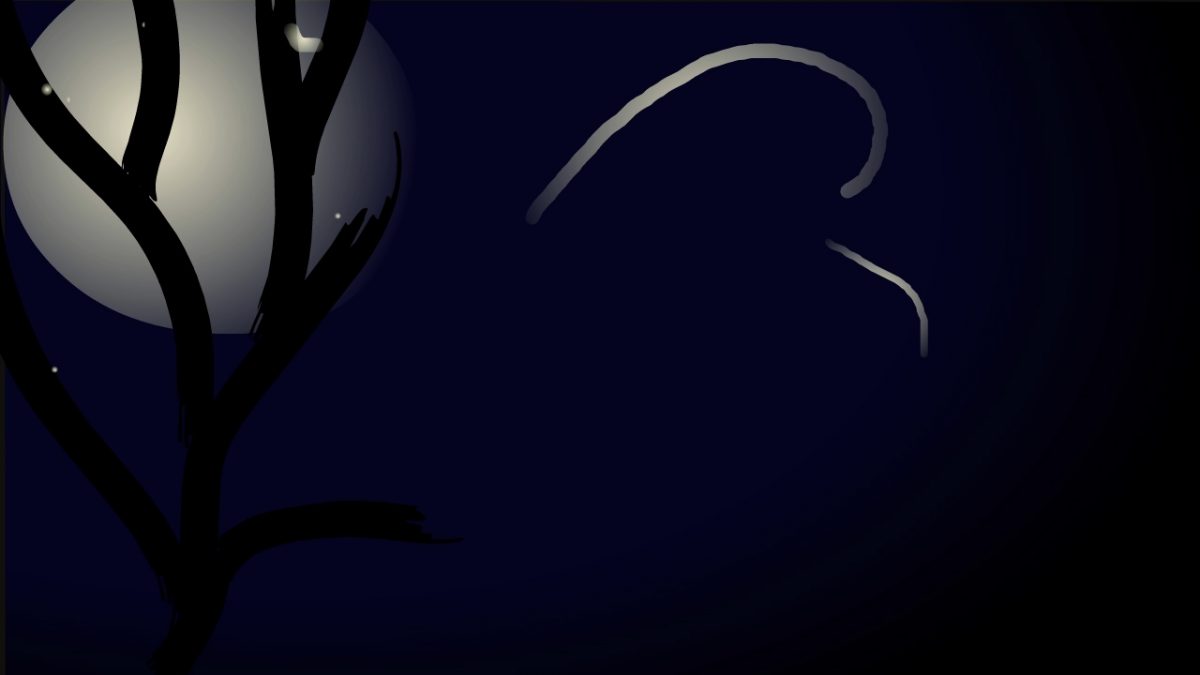
Movement observed, ‘captured’ and distorted An animator must imagine every aspect of the image and its motion. This reliance on imagination frees the animated form from the necessity of real life observations as in the early experiments with visual music. The history of commercial animation started with the studios set-up by the Disney brothers, Warner…
-
E2.5: Sound and Image animatic: Summertime

Visual Music “All of a sudden it hit me – if there was such a thing as composing music, there could be such a thing as composing motion. After all, there are melodic figures, why can’t there be figures of motion?” Len Lye, edited by Roger Horrocks and Wystan Curnow, Figures of Motion (1984)Auckland University…
-
E2.4: Lip Sync
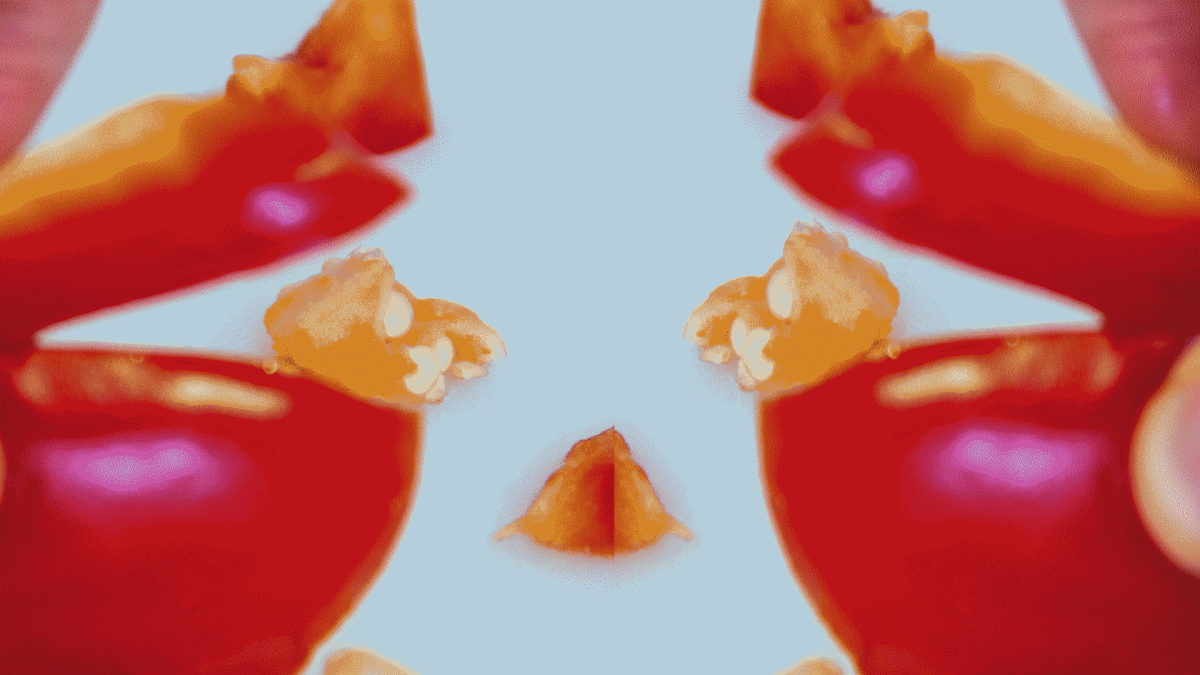
‘Lip sync’ – is a technique for synchronising animation with sound where the mouth of a character is shaped to mimic the way a live person would make noises or speak. The rules and conventions governing these mouth shapes were initially drawn or modelled for cel and replacement animation – (see the 2D animation tutorials…
-
E2.2-2.3: Death of a Cabbage revisited: animatic and sound track
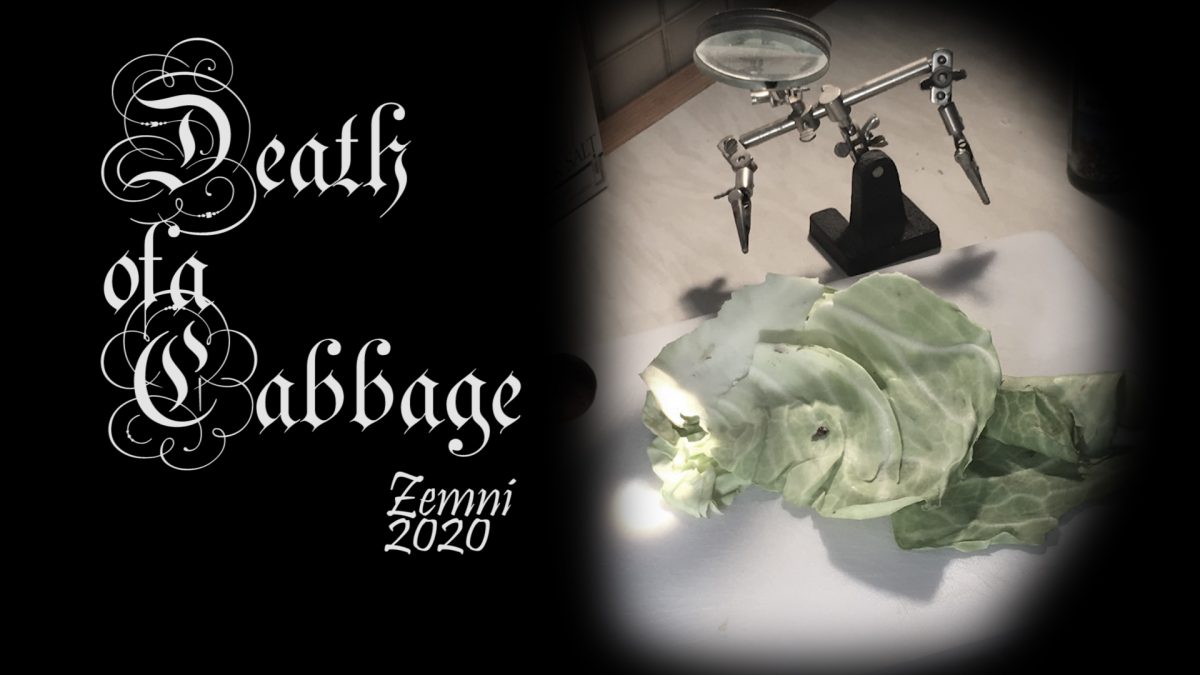
Animations can be silent. Early cinema and animation were silent, or intended for live sound/music accompaniment. Video artists like Stan Brakhage have focused on producing animations without sound. However most animation uses sound in different ways to accompany, enhance or contrast/question the visuals. See: Research 1.5 Observing Emotion Research 2.2 Debate on the use and…
-
E2.1: Material Research

Material performances Animation allows for more freedom than other media in the physical manipulation and the direct and indirect moulding of a plastic medium. Animators can work directly not only with a stable or ‘permanent’ material or medium, but also transient materials. Working with materials allows for the discovery of particular temporal qualities of a…